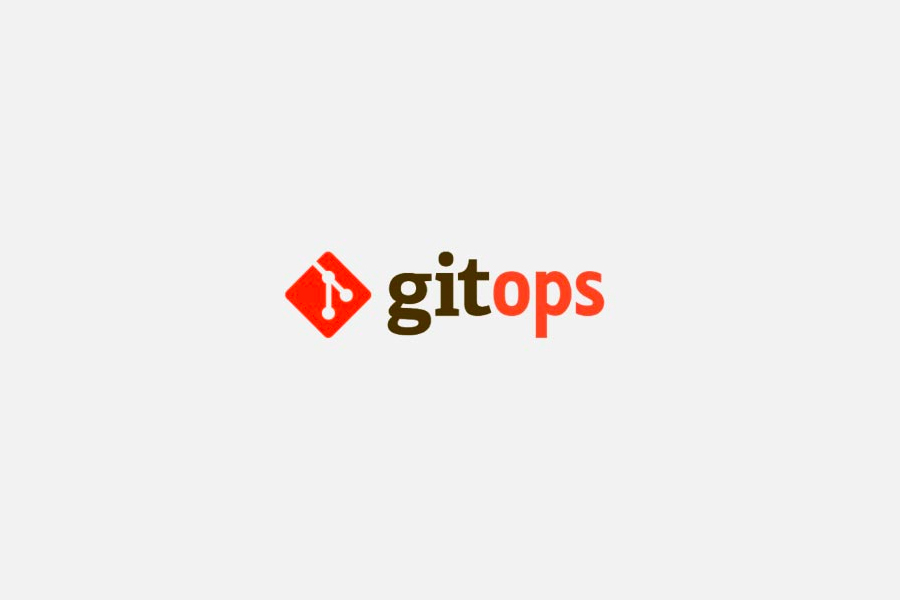GitOps is a startup firm that streamlines the software deployment process. In addition, it is a term that has been gaining use in the field of software engineering in recent years. This article explores the concept of Weave GitOps in addition to other issues.
Certain Options With Weave GitOps
Growth strategies like software delivery and digital transformation are becoming more popular among software- and internet-focused businesses. The importance of software in modern businesses cannot be overstated. When software is the driving force behind a company’s expansion, its developers naturally become its focal point. Businesses must thus choose the best set of technologies, tools, and practises to aid their developers in creating superior output.
Several companies have adopted code review and code optimisation practises, the latter of which may be seen as an advanced type of code review, in an effort to motivate engineers to create higher-quality code. Similar to how they’ve embraced DevOps and other cloud native best practises to streamline software deployment, so too have they embraced these methods. GitOps is a startup firm that streamlines the software deployment process. In addition, it is a term that has been gaining use in the field of software engineering in recent years. In-depth research of the GitOps concept is presented here.
An investigation of the nature and purpose of GitOps
It was Weaveworks’ Alexis Richardson in 2017 who coined the term “GitOps.” GitOps is an open-source, cloud-native approach that streamlines the software deployment procedure. To do this, we use the strength of the pull mechanism, which in turn depends on the git open-source version control system as its authoritative central hub. It streamlines the maintenance of the underlying infrastructure and improves the effectiveness of continuous integration and continuous delivery processes for Kubernetes installations. Taking a more holistic approach to code management makes it easier to track changes to the code.
Understand About Notable Shift
One of the most notable shifts in the standard practise of Continuous Integration and Continuous Delivery (CI/CD) in recent years has been an effort to fully automate the deployment procedure. All infrastructure and application code changes are tracked in a central repository called Git. The goal of GitOps is to provide a fully automated infrastructure deployment pipeline. The goal is to make it possible for developers to collaborate on changes to the infrastructure without needing to understand the underlying technologies. Thanks to this strategy, developers may make changes to code in their local settings without worrying about disrupting live systems.
To put it simply, GitOps is a DevOps approach that gives you visibility into the production environment. The audit trail it provides of any changes made to the production settings is invaluable during the troubleshooting phase. It also facilitates tracking of who made changes and when they were made. By including a rollback feature, GitOps also makes it easy to undo any modifications that could have caused problems in production.
One common question is “How is GitOps different from DevOps?” The following comparison image is self-explanatory. Continuous Delivery (CD) is a technique that most software businesses should embrace since it makes the most sense given the malleability and flexibility of contemporary software development.
Conclusion
Closely Together exist. With the advent of continuous software development, issues with goods and services may be found and fixed iteratively, and service levels can be adjusted to meet fluctuations in demand. Remember that developing software is always a process that requires constant attention.


